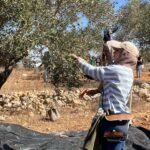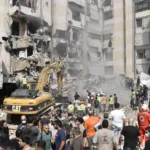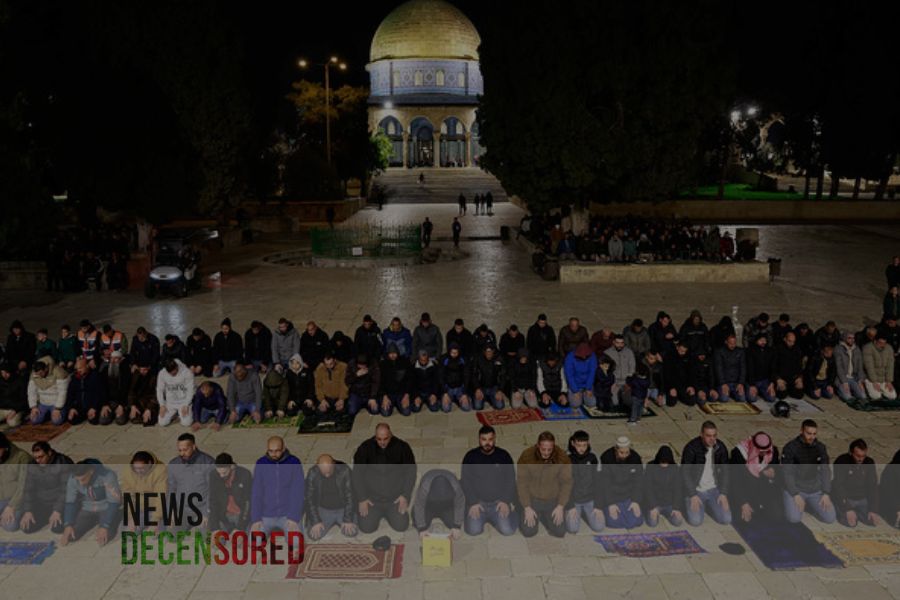When the crescent of Ramadan arrives, drums are beaten by the Emir of Mecca, and celebration takes place at the Sacred Mosque by renewing the mats, and multiplying candles and torches until the Sanctuary sparkles with light and shines with joy and radiance. The imams are divided into groups, and they are: Shafi’i, Hanafi, Hanbali, Zaidis, and Maliki’s, they gather in four reciters: they take turns
reading and lighting candles, and there remains no corner or area in the sanctuary without a reciter in it who prays with his group, so the mosque vibrates at the voices of the reciters, souls are soothed, hearts are prepared, and eyes are filled with tears!!
This is what the traveler Ibn Battuta (779 AH/1377 AD) saw and documented during his visit to Mecca upon the advent of the blessed month of Ramadan in the year 726 AH/1326 AD, and it comes within
what this traveler recorded for us of the social customs and manifestations of joy that spread throughout the Islamic world when Ramadan came. He observed it during his travels throughout countries for a quarter of a century.
Anyone who passes through any Islamic city during Ramadan will fully notice the prevalence of this social spirit. Starting with the ceremony to investigate the sighting of the crescent of the holy month and its official and popular processions; Through the establishment of Tarawih law in mosques, holding gatherings of remembrance, worship and learning, undertaking the obligation of maintaining family ties and exchanging personal and family visits on its nights; It does not end with organizing the crowded feeding tables for the fasting people, which were – and still are – spread out in the streets and alleys and crowded with Islamic cities.
When we monitor Islamic Ramadan customs at the individual level;
We will find before us various experiences in which the worshipers tried to fulfill the meanings of Ramadan’s faith. Some of them used to isolate themselves and devote themselves entirely to worship and reciting the Great Qur’an, and some of them used to stop reciting poetry until Ramadan ended. Some used to fold the teaching rug, while others chose to double their activity in spreading the word. Knowledge and giving it to those who seek it, and there are those who combined the bond of jihad in the frontiers with fasting and standing in prayer, and this is considered one of the experiences that uplifts the spirit and purifies the souls.
In addition to the previous two dimensions, the individual and social;
On the official, and institutional levels, the pace of the urban movement and the quality of its implementation were not often affected by the beginning of the holy month. Its season was always
considered an occasion for activity and achievement, so the sultans used it to inaugurate the buildings of new religious and community institutions, to restore and renew old ones, or to provide and increase lighting and public cleaning services in mosques, streets, and squares.
Therefore, the preparation of Muslims for the month of Ramadan – throughout their history – was a remarkable matter. With all these customs and activities, they aimed to spread Ramadan peace throughout the space of Islamic civilization, Ramadan has always
remained an opportunity to renew experiences of spiritual and psychological purification, increase social cohesion, and strengthen the ties between the ruler and the ruled. Fortunately, many of these experiences have become recorded and narrated for emulation and imitation…which is what this comprehensive historical article proves!!
Decorations and beautification
It was the custom of people to welcome the holy month to decorate their homes and cities and beautify it excessively. The traveler Al- Maqdisi Al-Bashari (380 AH / 991 AD) tells us – in ‘Ahsan Al-Taqasim fi Ma’rifat Al-Aqlim’ – that the people of Aden in Yemen “decorate the roofs two days before Ramadan, and beat creepers (drums) on them. When Ramadan begins, groups gather and go around.” they recite
poems until the end of the night.”
The most important of these customs was decorating and lighting mosques and mosques. Ibn Asakir (571 AH / 1175 AD) mentioned – in ‘The History of Damascus’ – that Omar Al-Farouq (23 AH / 645 AD) was the first to illuminate mosques with lamps in Islam, as “Ali bin Abi Talib (40 AH / 661 AD) passed by the mosques.” In the month of Ramadan, and there are lanterns in it, he said: May God enlighten Omar in his grave as He enlightened our mosques for us.
These are some of the scenes and customs of how Muslims – of all generations and circumstances – greet the blessed month of Ramadan throughout the ages, and they reveal to us that this nation in general – did not know fatigue and ennui in this holy month, as its children – in most cases – were between worship and spending. And education, creation and reconstruction, and competition for good deeds between their different classes, colors, regions, and eras.















